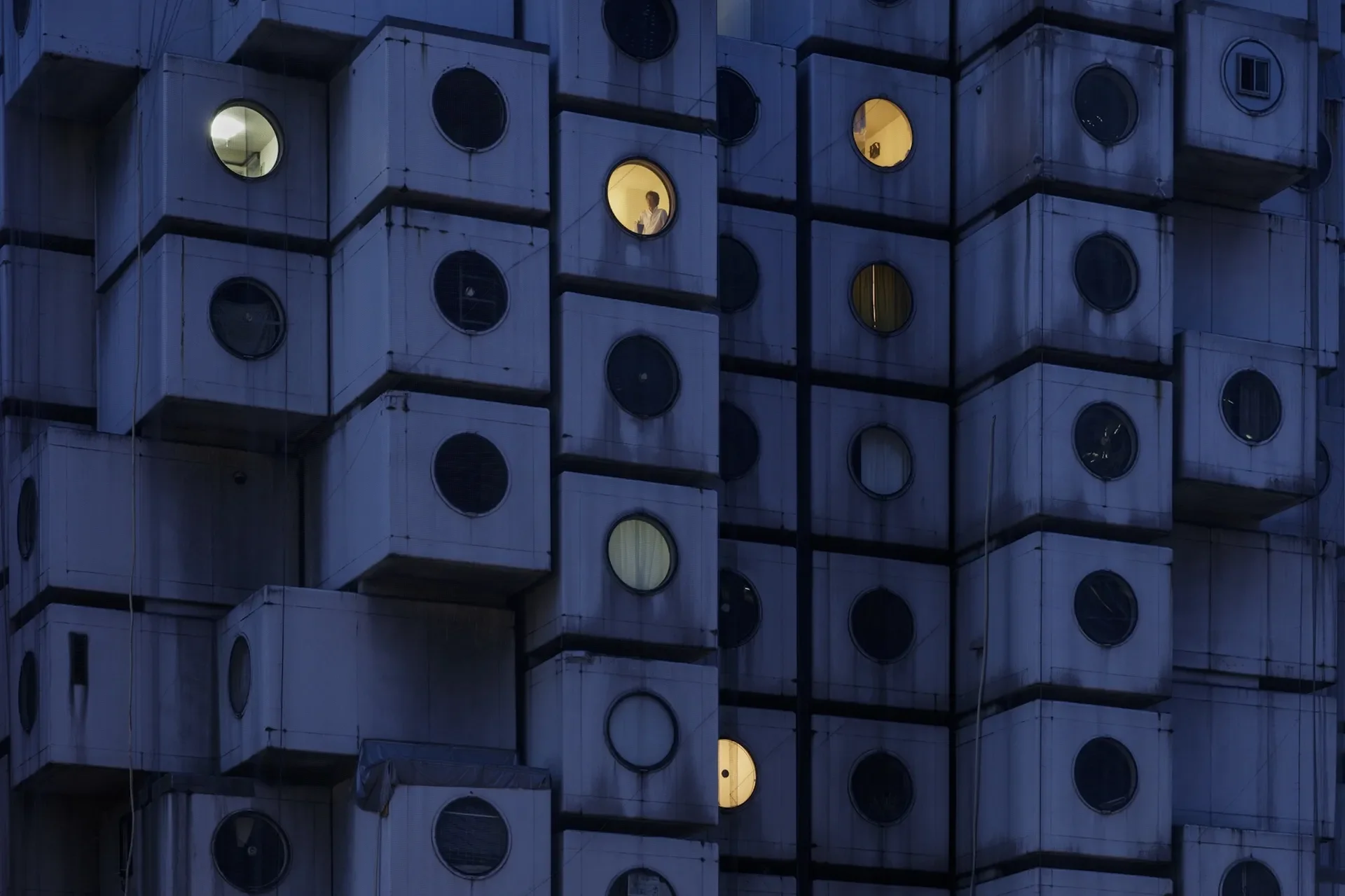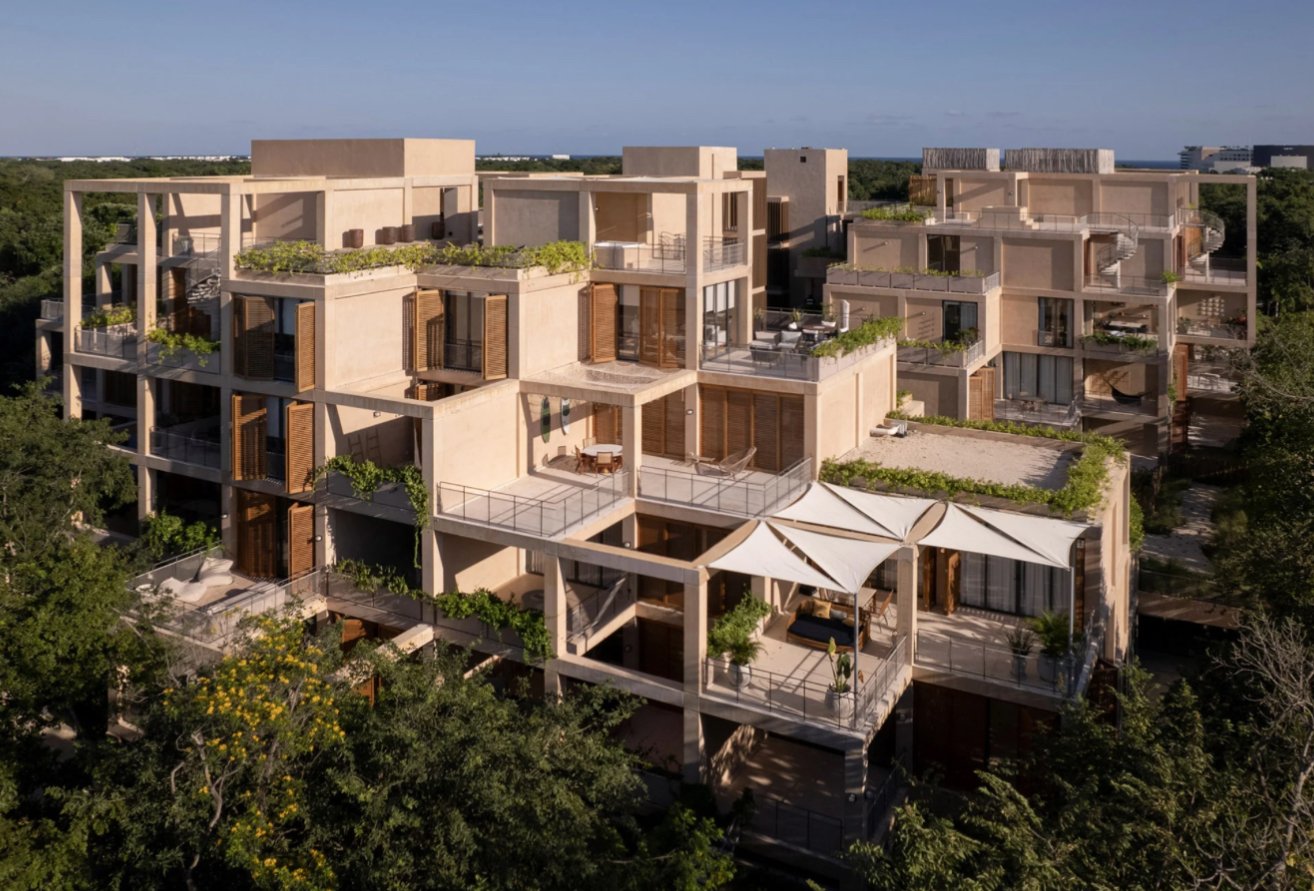Japanese Metabolism
via Wallpaper
Metabolism’s genesis as an architectural tool for social change was defined by the times. It was in the 1950s that the seeds of the movement were first planted amid the ashes of Japan’s widespread post-war urban annihilation and subsequent renaissance.
As Japan’s recovery journey gathered pace, a string of young architects in Tokyo – including Kisho Kurokawa, Fumihiko Maki, Kiyonori Kikutake – were deeply drawn to explorations of flexible, modular and organic urban design, with inspiration rooted in biology, technology and futurism.
Soon after, Japan was on the brink of enormous economic growth. A few years later, in 1964, Japan hosted the Tokyo Olympics and launched its first shinkansen bullet trains – a seminal moment that confirmed to the world its reinvention from war-hit nation to global leader. Added to the mix was a rapidly growing population – all combining to create the perfect conditions for questioning how to reorganise a fast-evolving urban society for the future.
At the same time, ideas of renewal and impermanence have also long been timelessly ingrained across traditional Japanese culture – from its Zen Buddhist philosophies and aesthetics to its ritual of rebuilding Ise-Jingu, one of Japan’s most important shrines, every 20 years.
links/2023w10.1
Excellent interview with Heinali, composer of the recently EarBliss-ed KYIV ETERNAL: Personal Anthems: An Interview With Heinali | The Quietus
Intrigued: Golden Record by Rosemary Valero-O'Connell is a fascinating mixed media approach to comics | The Beat
Mass grave found in Williamsburg is linked to Civil War battle | WaPo
House goals: In Tokyo, A Manga Artist’s Creative Haven Inspired by Ghost in a Shell | Spoon & Tamago
YES: Max Fleischer SUPERMAN shorts get remastered Blu-ray release | The Beat
Diane Arbus Notebooks | Notebook Stories

